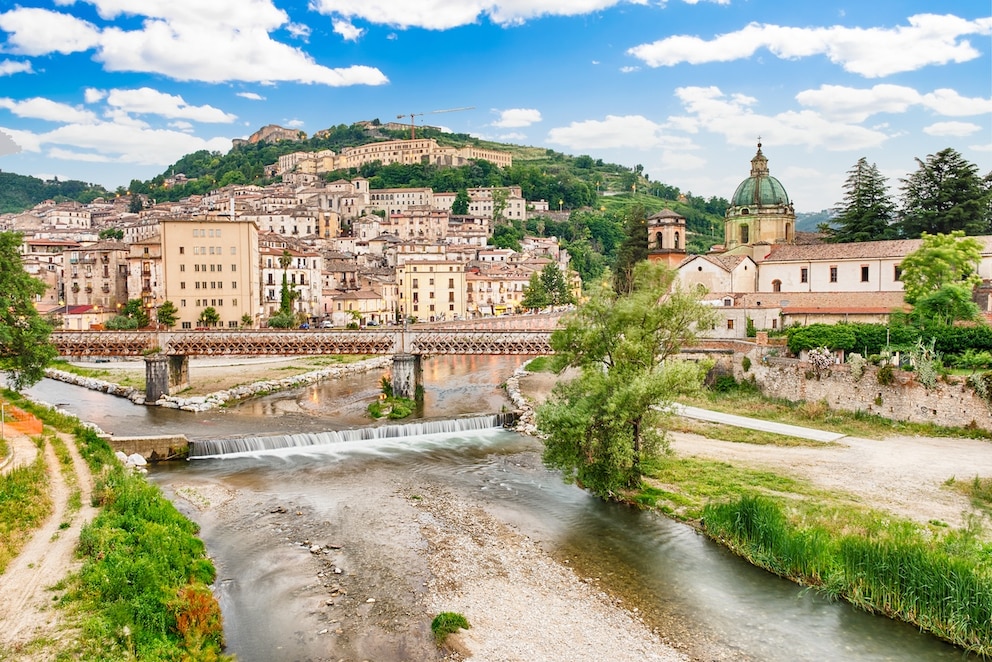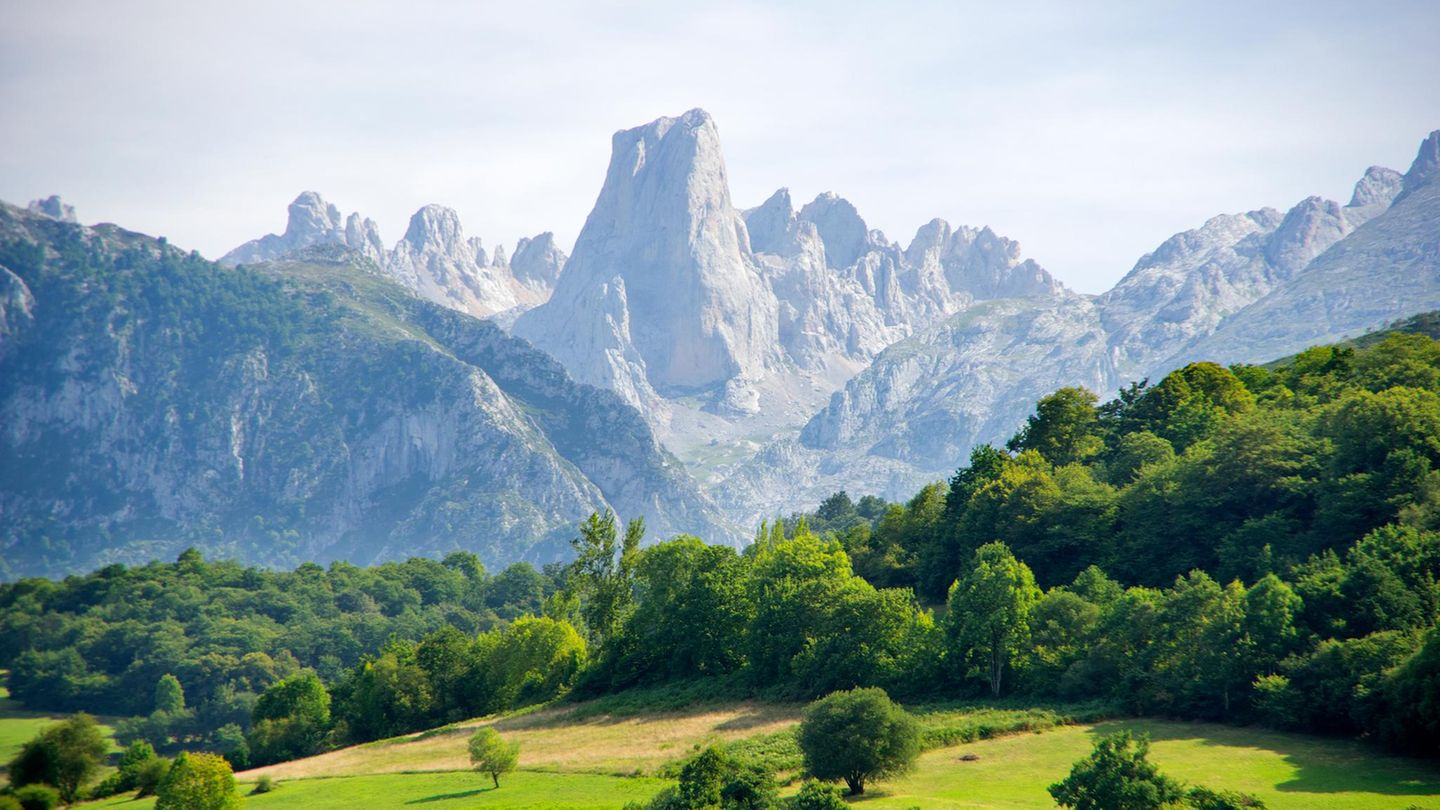How Were Pyramids Built? Mystery Possibly Solved – New Findings Provide Clues

Thousands of years ago, the Egyptians created some of the most famous monuments in world history: the pyramids. Now, new scientific findings shed light on their construction.
The Egyptians of the Old Kingdom perfected their architecture within just a few generations, building world-renowned monuments. However, how they achieved this remains a mystery. It's likely they didn't even know about pulleys. But thousands of specialists and workers compensated for these technical limitations through decades of labor.
The Secrets of Pyramid Construction: Early Burial Monuments
The "Mastaba" marked the beginning of pyramid construction. The word comes from Arabic and means "bench of clay". It refers to a rectangular tomb made of fired clay bricks – the original form of later pyramids. Egyptians buried their dead in them as early as 1000 years before the construction of the famous structures.
The first "real" pyramid was the Step Pyramid of Saqqara. Around 2680 BC, the brilliant architect Imhotep built it for Pharaoh Djoser. Imhotep's work set standards: all pyramids built later had the same basic layout as Imhotep's Step Pyramid. Its base always formed an exact rectangle.
Other aspects were also adopted: the entrance of all Egyptian pyramids opened towards the north-south axis. The mortuary temple, which was located in front of the pyramids, was precisely on the east-west axis. This building was designed to face the rising sun – towards the east. For the Egyptians, the sun was not only a warming star; it embodied one of the most important supernatural powers: the sun god Re.
The Riddle of Pyramid Construction
How the Egyptians managed to build their massive pyramids is still unclear. It is known that up to 20,000 people were involved in the construction for ten to twenty years. About 5,000 were well-trained skilled workers who lived with their families in the adjacent pyramid city. Another 5,000 were auxiliary workers, deployed for only a few months. 5,000 worked in the quarries, and the remaining 5,000 were responsible for supplies. Contrary to popular belief, the pyramids were not built by tormented slaves, but by a perfectly organized team of experts and workers.
Previously, most researchers assumed that the Egyptians used ramps to move the multi-ton stones into place. The problem with this theory: Egyptologists have never found remains of the building material needed for the ramps.
According to the latest scientific findings, the multi-ton stones were transported by teams of oxen on sleds. This happened not on a specially built ramp, but on a path rising around the sides of the pyramid, which was left out during construction. Once the pyramid was finished, the gaps were simply covered, so that the "pure" pyramid shape was created.
The Classic Pyramids
However, the Step Pyramid – also known from Mesopotamia and ancient Mexico – was not the end in Egypt. The first attempt to build in the "pure" pyramid form resulted in the Bent Pyramid. Pharaoh Snofru had it built around 2620 BC. Its four sides rise quite steeply at the bottom, then suddenly bend and converge relatively flat towards the top.
This flaw is probably due to two reasons: The builders placed the pyramid in the middle of the desert sand – which is not a very stable surface. Cracks and unevenness probably developed during the work, causing the stone colossus to sink. The builders also started with an angle of 54 degrees, which was probably too steep and would have led to an extreme height. That's why they bent the pyramid and reduced the angle to 43 degrees.
Pharaoh Cheops, the son of Snofru, learned from his father's mistakes: he built on rock and had his building erected from the beginning at the ideal angle of 52 degrees. This resulted in the first perfect pyramid around 2600 BC. With a height of 147 meters and a side length of 230 meters, the Cheops Pyramid is also the largest ever built.



